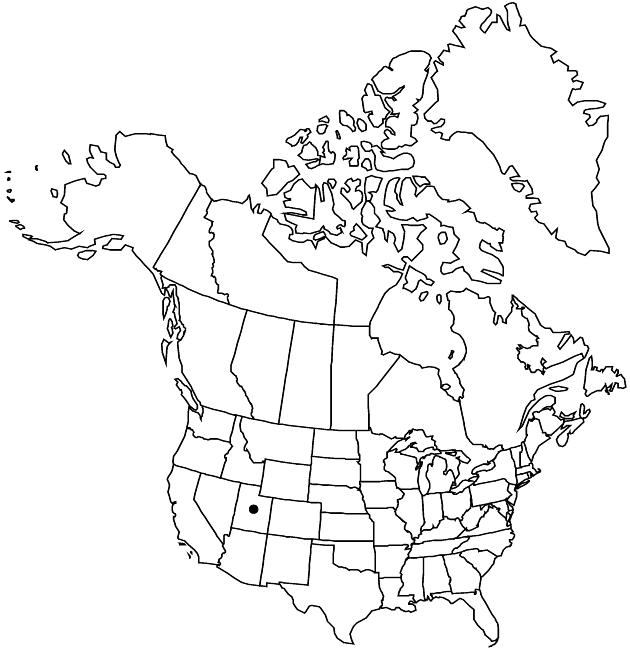Difference between revisions of "Herrickia kingii var. kingii"
Treatment appears in FNA Volume 20. Treatment on page 362.
FNA>Volume Importer |
imported>Volume Importer |
||
| (2 intermediate revisions by 2 users not shown) | |||
| Line 42: | Line 42: | ||
|publication year= | |publication year= | ||
|special status= | |special status= | ||
| − | |source xml=https:// | + | |source xml=https://bitbucket.org/aafc-mbb/fna-data-curation/src/2e0870ddd59836b60bcf96646a41e87ea5a5943a/coarse_grained_fna_xml/V19-20-21/V20_840.xml |
|tribe=Asteraceae tribe Astereae | |tribe=Asteraceae tribe Astereae | ||
|genus=Herrickia | |genus=Herrickia | ||
Latest revision as of 21:06, 5 November 2020
Leaves entire. Ray florets white to pale lavender. 2n = 18.
Phenology: Flowering summer–early fall.
Habitat: Rocky slopes and cliff crevices of mountains in subalpine coniferous forests, douglas fir-white fir, mountain brush and cottonwood communities, on calcareous or granitic substrates
Elevation: 1700–3300 m
Discussion
Variety kingii is known only from the Wasatch Mountains, from Mt. Nebo northwards (Juab, Millard, and Salt Lake counties).
Selected References
None.
Lower Taxa
None.
... more about "Herrickia kingii var. kingii"
